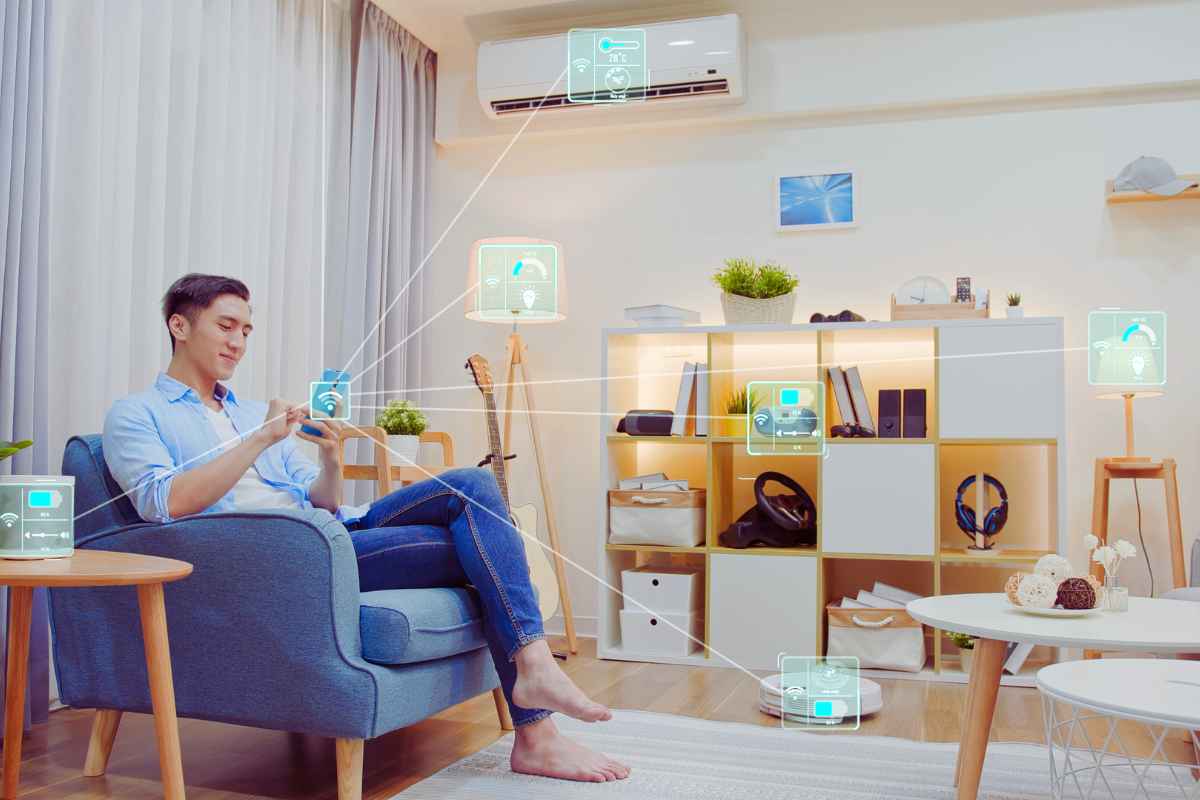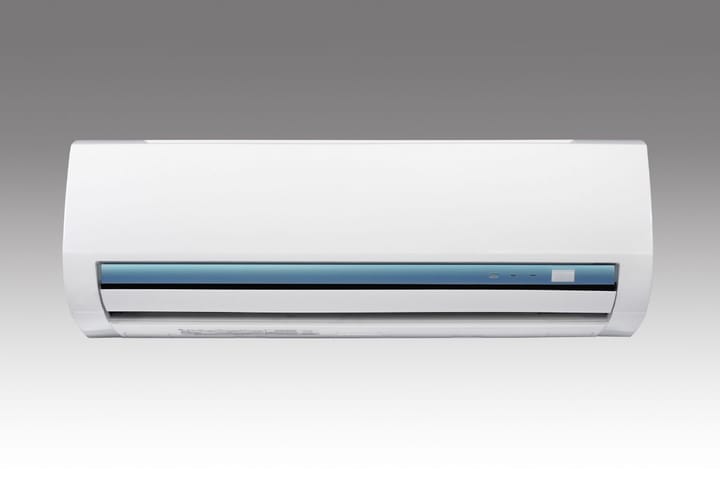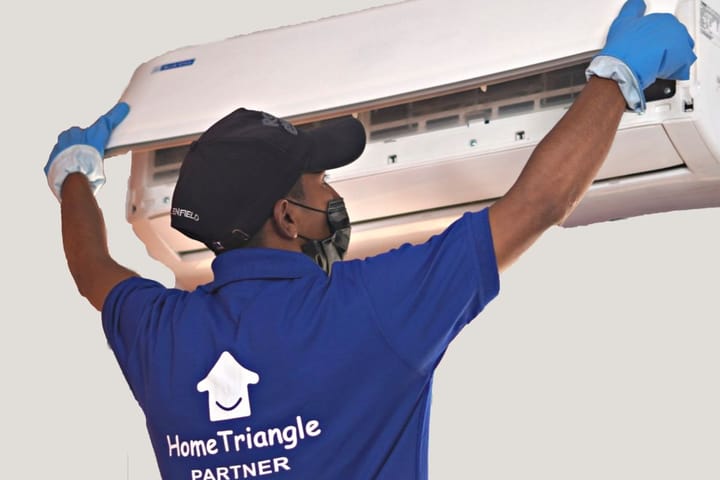Choosing A Home Automation Solution That Suits Your Lifestyle
Control your home's lights, temp, security, and appliances with home automation. Discover the differences between proprietary, open-source, and hybrid systems.

How do you want to control your home’s lights, temperature, security, and appliances with just a swipe on your smartphone, a voice command, or a touch on a control panel? This is made possible with home automation, which comes in different types.
Proprietary smart home systems are high-end, less flexible, and professionally installed. Open-source systems offer flexibility and cost-efficiency but need technical knowledge. On the other hand, hybrid systems blend both, providing customization and flexibility. So, how do you choose the best system that suits your lifestyle? Read on below to find out.
Assess Your Home Automation Needs
When considering the best system for your living space, it's crucial to first determine what you aim to achieve with this technology. This assessment will help you choose the features that best align with your lifestyle and preferences.
- Convenience: Do you want to manage your home systems remotely?
- Security: Are surveillance and alarm systems your priority?
- Energy Efficiency: Is reducing energy consumption important to you?
- Entertainment: Are you interested in integrating audio and visual technology?
- Health: Do smart health monitoring systems interest you?
Your answers to the above questions can help you choose the best home automation solution for your property. Canny Electrics' home automation showroom in Melbourne can help you see how a smart home works. That way, you’ll be guided by a professional in choosing the right system for your needs.
Budget Considerations
Check out these important things to consider when budgeting for smart home technology:
- Initial Investment
Initial costs can vary widely. A basic home automation system, which might include smart lighting, a few sensors, and a central hub, could range from a few hundred dollars. More sophisticated systems with comprehensive security features, integrated audio-visual components, and complete smart home appliances can run into several thousand dollars.
Depending on the complexity of the system and whether professional installation is required, setup costs can also add up. While some devices are designed for DIY installation, advanced systems often benefit from professional setup, which ensures optimal functionality but increases the cost.
- Long-Term Savings
Smart devices like thermostats and lighting systems adjust based on usage patterns, leading to significant reductions in energy consumption. For example, a smart thermostat can save up to 10-12% on heating and 15% on cooling costs annually.
Many insurance companies offer discounted homeowner's insurance rates for properties with advanced security systems or smoke detectors connected to monitoring services, recognizing the reduced risk of burglary and fire damage.
Smart systems can provide early warnings about necessary maintenance or potential problems in your home infrastructure (like water leaks or HVAC issues), preventing expensive repairs and prolonging the life of home appliances.
Key Features of Home Automation Systems
Home automation systems are usually wireless technology designed to make your living environment more comfortable, efficient, and secure. Here are some key features to consider when selecting a home automation system:

1. Interoperability
Interoperability is essential in home automation systems as it ensures that various smart devices can communicate and work together seamlessly. A smart system with good interoperability supports a range of standard communication protocols, enabling it to integrate a wide variety of devices. This compatibility helps create a cohesive ecosystem where devices from different manufacturers can operate in harmony, enhancing the system’s overall functionality and user experience.
2. Scalability
Scalability is crucial for a smart home system to remain relevant and useful as your needs evolve. A scalable system can accommodate additional devices and functionalities without requiring a complete overhaul. This means that as new technologies emerge or as your lifestyle changes, your system can adapt, supporting more devices or newer versions of devices. Scalability ensures that your investment remains viable long-term, providing flexibility as your requirements grow or change.
3. User Interface
A well-designed user interface is intuitive and accessible through multiple platforms, including a mobile app, voice control, or a wall-mounted panel. This flexibility allows users to control their home environment effortlessly, whether they are tech-savvy or not. The interface should also provide a clear overview of the system’s status and allow easy configuration of devices.
4. Support and Security
Reliable customer support and robust security features are vital for any home automation system. The system should protect against external threats and vulnerabilities, ensuring that all data and communication are securely encrypted. Security protocols, along with regular software updates to address any security issues, are essential. Additionally, dependable customer support can help resolve any technical difficulties and offer guidance on system usage, which is crucial for maintaining the system’s effectiveness and your satisfaction.
5. Automation and Customization
A top-tier home automation system offers extensive automation options and customization. This means it can automate daily tasks based on your routines and preferences, such as adjusting the thermostat, opening blinds, or turning lights on/off at specific times. The ability to customize these automations ensures that the system serves your unique needs and enhances your daily life by creating personalized scenarios and routines.
6. Energy Efficiency
Energy efficiency is another important feature of a smart home, as it helps to lower your utility bills and contributes to environmental conservation. Home automation systems can optimize energy usage by controlling heating, ventilation, air conditioning, and lighting based on occupancy or time of day. Advanced smart home systems can even learn from your habits and adjust settings to maximize energy savings without compromising comfort.
Look for reviews and user feedback on different home automation systems, especially from users who have similar home setups or requirements as yours. This can provide insights into reliability, ease of use, and customer service quality, which are crucial for long-term satisfaction.
Installation: DIY vs. Professional
When deciding between DIY and professional installation for a home automation system, consider several factors. DIY installation is cost-effective and allows for greater customization, but it requires technical skills and is time-consuming. It's a good option for those with a knack for technology and time to spare.
On the other hand, professional installation, though more expensive, ensures the system is set up correctly and quickly by experts. It comes with the added benefits of ongoing support and maintenance, making it a convenient choice for those who prefer a hassle-free setup. The best option depends on your technical ability, budget, and the complexity of the system. If you're technically adept and budget-conscious, DIY might suit you. However, for complex systems or if you value convenience and expert setup, professional installation is recommended.
Choosing the right professional to install your smart home system involves several important steps. Begin by seeking referrals and checking online reviews to find reputable installers. Verify that they are licensed, insured, and, ideally, certified by industry bodies. Prioritize professionals with specific experience in the type of system you need, and assess their expertise across various technologies.
During consultations, evaluate their customer service and whether they offer tailored solutions. Compare detailed quotes from multiple providers, focusing on value rather than just cost. Ensure they offer comprehensive post-installation support and favorable warranties on both products and labor. This process will help ensure your system is expertly installed and remains functional over time.
Benefits and Real-world Applications
Home automation has numerous practical applications that can enhance daily living by increasing efficiency, security, and convenience. Here’s how different home automation technologies can be applied in everyday scenarios:
- Energy Management
Smart thermostats adapt to your daily schedule. They automatically lower the temperature when you're away and increase it when you return, maintaining comfort and minimizing energy usage. This intelligent thermostat adjustment optimizes living conditions and reduces energy bills by avoiding unnecessary heating or cooling.
- Security
Home automation enhances home security with devices like smart locks and security cameras. Smart locks allow remote control access to your home. You can unlock doors for guests or service providers from anywhere. Security cameras enable real-time monitoring of your home's surroundings from your smartphone or tablet, providing peace of mind whether you are present or away. These devices can also alert you to any unusual activity, enabling quick responses to potential security threats.
- Convenience
Automation also makes daily tasks more convenient. Smart lighting systems are programmable. You can turn them on and off or in response to motion or at specific times, so you never have to walk into a dark home. Voice-controlled devices enable you to perform a variety of tasks hands-free, from setting timers and reminders to controlling other smart devices within your home. This level of automation simplifies your routine and allows you to multitask more effectively.
Environmental and Legal Considerations
If you are environmentally conscious or planning to use renewable energy sources like solar panels, check if the home automation system can integrate and efficiently manage these energy sources. Moreover, ensure that all devices comply with local regulations, especially for electrical and network installations.
Future-Proofing Your Home Automation
As technology advances, newer, more advanced devices are constantly being released, and having a system that can adapt to these changes means you won't be left behind with obsolete hardware. Ensuring your system can integrate with emerging technologies not only enhances its longevity but also maximizes the value of your investment. By selecting a flexible and upgradeable system, you secure the ability to adopt the latest innovations. Talk to a home automation expert to help you make the best decision.




Comments ()